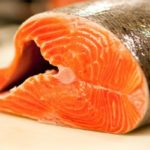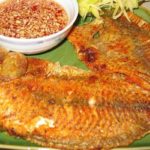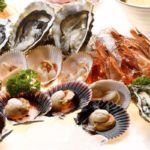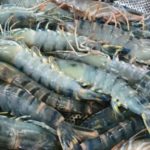**Ingredients for Steamed Shrimp:**
– 500g fresh shrimp
– 2 slices of ginger
– 20ml white wine
– 20ml soy sauce
– Fragrant vinegar
**How to Steam Delicious Shrimp:**
Step 1: Clean and prepare the fresh shrimp.
Step 2: Pour water into a pot and add the ginger, white wine, and salt. Place the prepared shrimp into the pot and cook over high heat. Do this until the shrimp curl and turn pinkish-red, which indicates doneness. This should take about 3-5 minutes after the water comes to a boil.
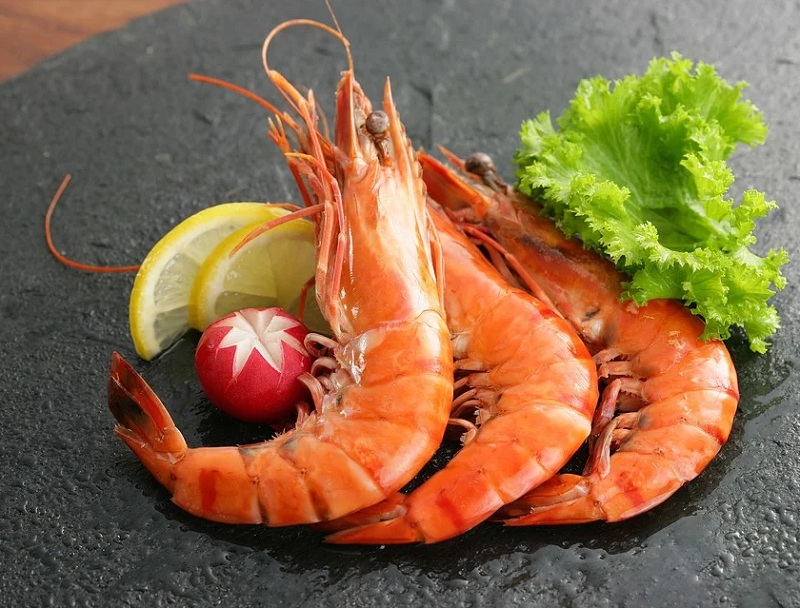
Steamed Shrimp Deliciousness
Step 3: Remove the shrimp from the pot and plunge them into ice-cold water for about 10 seconds to firm up the meat. Then, drain and serve with a dipping sauce made of salt, pepper, lime juice, and mustard.
**How to Get Rid of the Fishy Smell Before Steaming:**
To ensure your steamed shrimp are not only delicious but also free from any fishy odor, marinate them in white wine after cleaning. For every 500g of shrimp, use half a cup of white wine and marinate for about 10 minutes. This process helps eliminate any remaining odor, resulting in sweeter and tenderer shrimp meat.
Additionally, to achieve that desirable reddish hue, boil the shrimp in warm water instead of starting with cold water, as the latter tends to make them less appetizing and dries them out. Boil some water with ginger and lightly crushed lemongrass to infuse flavor.
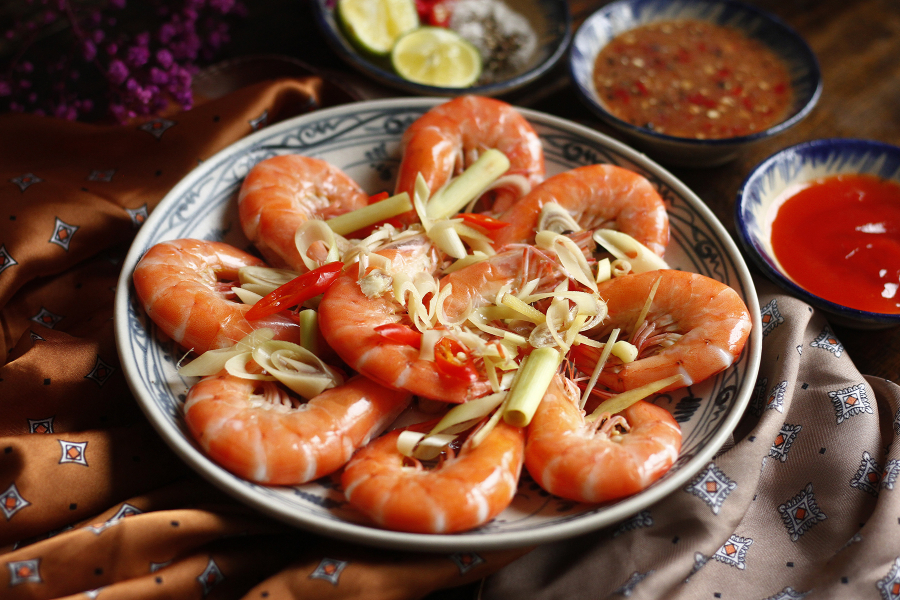
Steamed Shrimp in Red Au
For an even more aromatic dish, turn off the heat and let the water cool down a bit before adding the shrimp. Also, add a spoonful of sesame oil to the pot; this will give the shrimp shells a vibrant red color. Boil for about 2-3 minutes, just enough for the shrimp to curl and turn reddish-pink, then remove them from the pot.
Plunge the shrimp into ice water for a moment, then drain and let them air dry before arranging them on a plate. Avoid placing the shrimp directly on a plate after cooking, as the residual water can make them soft and mushy.
For a truly mouthwatering experience, serve the steamed shrimp hot with a dipping sauce made of lime juice, chili, and fish sauce. Bon appétit!
How to Choose Fresh Seafood: Important Cabinet Tips
In recent years, concerns have been raised over the practice of injecting urea and chemicals into seafood, making it difficult to find safe and fresh options. To help, DienmayXANH.com offers some tips on how to select the best seafood available. Seafood is a rich, delicious, and nutritious source of food, and this advice will help ensure you make the most of it.

























